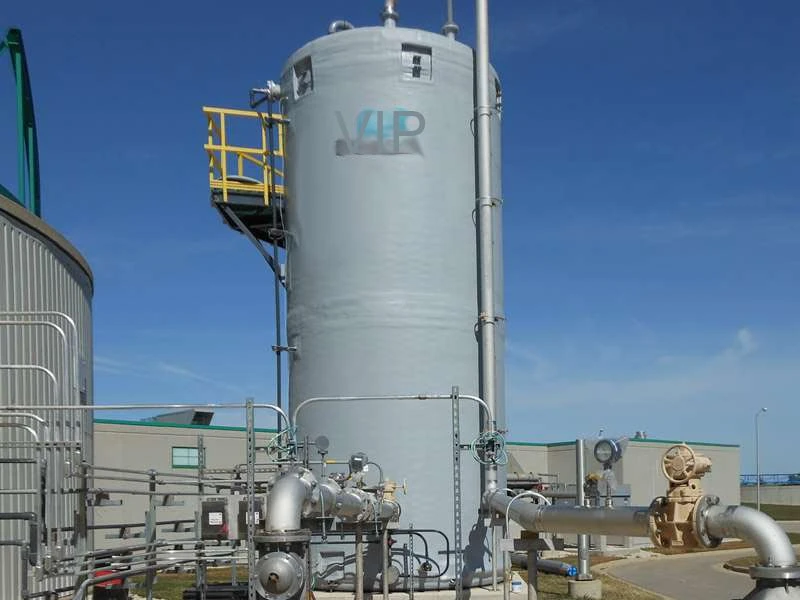
-
 Afrikaans
Afrikaans -
 Albanian
Albanian -
 Amharic
Amharic -
 Arabic
Arabic -
 Armenian
Armenian -
 Azerbaijani
Azerbaijani -
 Basque
Basque -
 Belarusian
Belarusian -
 Bengali
Bengali -
 Bosnian
Bosnian -
 Bulgarian
Bulgarian -
 Catalan
Catalan -
 Cebuano
Cebuano -
 China
China -
 China (Taiwan)
China (Taiwan) -
 Corsican
Corsican -
 Croatian
Croatian -
 Czech
Czech -
 Danish
Danish -
 Dutch
Dutch -
 English
English -
 Esperanto
Esperanto -
 Estonian
Estonian -
 Finnish
Finnish -
 French
French -
 Frisian
Frisian -
 Galician
Galician -
 Georgian
Georgian -
 German
German -
 Greek
Greek -
 Gujarati
Gujarati -
 Haitian Creole
Haitian Creole -
 hausa
hausa -
 hawaiian
hawaiian -
 Hebrew
Hebrew -
 Hindi
Hindi -
 Miao
Miao -
 Hungarian
Hungarian -
 Icelandic
Icelandic -
 igbo
igbo -
 Indonesian
Indonesian -
 irish
irish -
 Italian
Italian -
 Japanese
Japanese -
 Javanese
Javanese -
 Kannada
Kannada -
 kazakh
kazakh -
 Khmer
Khmer -
 Rwandese
Rwandese -
 Korean
Korean -
 Kurdish
Kurdish -
 Kyrgyz
Kyrgyz -
 Lao
Lao -
 Latin
Latin -
 Latvian
Latvian -
 Lithuanian
Lithuanian -
 Luxembourgish
Luxembourgish -
 Macedonian
Macedonian -
 Malgashi
Malgashi -
 Malay
Malay -
 Malayalam
Malayalam -
 Maltese
Maltese -
 Maori
Maori -
 Marathi
Marathi -
 Mongolian
Mongolian -
 Myanmar
Myanmar -
 Nepali
Nepali -
 Norwegian
Norwegian -
 Norwegian
Norwegian -
 Occitan
Occitan -
 Pashto
Pashto -
 Persian
Persian -
 Polish
Polish -
 Portuguese
Portuguese -
 Punjabi
Punjabi -
 Romanian
Romanian -
 Russian
Russian -
 Samoan
Samoan -
 Scottish Gaelic
Scottish Gaelic -
 Serbian
Serbian -
 Sesotho
Sesotho -
 Shona
Shona -
 Sindhi
Sindhi -
 Sinhala
Sinhala -
 Slovak
Slovak -
 Slovenian
Slovenian -
 Somali
Somali -
 Spanish
Spanish -
 Sundanese
Sundanese -
 Swahili
Swahili -
 Swedish
Swedish -
 Tagalog
Tagalog -
 Tajik
Tajik -
 Tamil
Tamil -
 Tatar
Tatar -
 Telugu
Telugu -
 Thai
Thai -
 Turkish
Turkish -
 Turkmen
Turkmen -
 Ukrainian
Ukrainian -
 Urdu
Urdu -
 Uighur
Uighur -
 Uzbek
Uzbek -
 Vietnamese
Vietnamese -
 Welsh
Welsh -
 Bantu
Bantu -
 Yiddish
Yiddish -
 Yoruba
Yoruba -
 Zulu
Zulu
fiberglass stack
The Versatility and Benefits of Fiberglass Stacks
In recent years, the growing need for efficient and durable structures in various industries has led to the increased use of fiberglass materials. Among these applications, fiberglass stacks have emerged as a popular choice for industrial processes, power generation, and environmental management. This article delves into the versatility and benefits of fiberglass stacks, highlighting their role in modern infrastructure.
What are Fiberglass Stacks?
Fiberglass stacks are vertical structures made from fiberglass-reinforced plastic (FRP) designed to vent exhaust gases from industrial processes, power plants, and other facilities into the atmosphere. These stacks play a crucial role in ensuring proper ventilation, minimizing emissions, and promoting safety in operations. Their design can vary, but they often consist of a cylindrical body, a flue, and various accessories like access platforms and ladders.
Advantages of Fiberglass Stacks
1. Corrosion Resistance One of the primary advantages of fiberglass stacks is their resistance to corrosion. Unlike traditional materials such as steel, fiberglass will not rust or degrade when exposed to acidic or harsh environments. This characteristic makes fiberglass stacks ideal for industries that deal with corrosive gases and chemicals, extending the lifespan of the structure and reducing maintenance costs.
2. Lightweight Nature Fiberglass is significantly lighter than metals, which simplifies the installation process and reduces the need for heavy support structures. The lightweight nature of fiberglass stacks enables easier transportation, handling, and erection, making them a practical solution for various industrial settings. Additionally, their reduced weight can lead to lower foundation costs and structural adaptations.
fiberglass stack

3. Thermal Insulation Fiberglass inherently offers excellent thermal insulation properties. This feature is particularly beneficial in applications where temperature control is crucial, such as in power generation or chemical processing. Effective insulation helps to maintain optimal operating temperatures and reduces energy consumption, contributing to overall operational efficiency.
4. Customizability Fiberglass stacks can be customized to meet specific needs and design requirements. They can be manufactured in a variety of shapes, sizes, and colors, allowing them to blend seamlessly into the surrounding environment or comply with aesthetic guidelines. Customization options extend to flue diameters, wall thicknesses, and integrated systems, ensuring that each stack is tailored to its operational demands.
5. Reduced Maintenance Requirements The durability and corrosion resistance of fiberglass stacks translate into lower maintenance needs over time. Compared to conventional materials that may require frequent inspections and repairs, fiberglass stacks can operate with minimal intervention, ultimately saving time and resources for operators.
Environmental Impact
Switching to fiberglass stacks can also have a positive environmental impact. Their effective emission venting helps industries comply with regulatory standards, thereby reducing the release of harmful pollutants into the atmosphere. This is particularly important as industries face mounting pressure to adopt greener practices and reduce their carbon footprint.
Conclusion
Fiberglass stacks exemplify how modern materials can meet the demands of contemporary industrial applications. Their corrosion resistance, lightweight design, thermal insulation qualities, customizability, and reduced maintenance make them a compelling choice for many sectors. As industries evolve and prioritize environmental sustainability, the adoption of fiberglass stacks is likely to grow, ensuring that facilities can operate efficiently and responsibly. Embracing innovative solutions like fiberglass stacks not only enhances operational performance but also contributes to a cleaner and safer environment for future generations.









